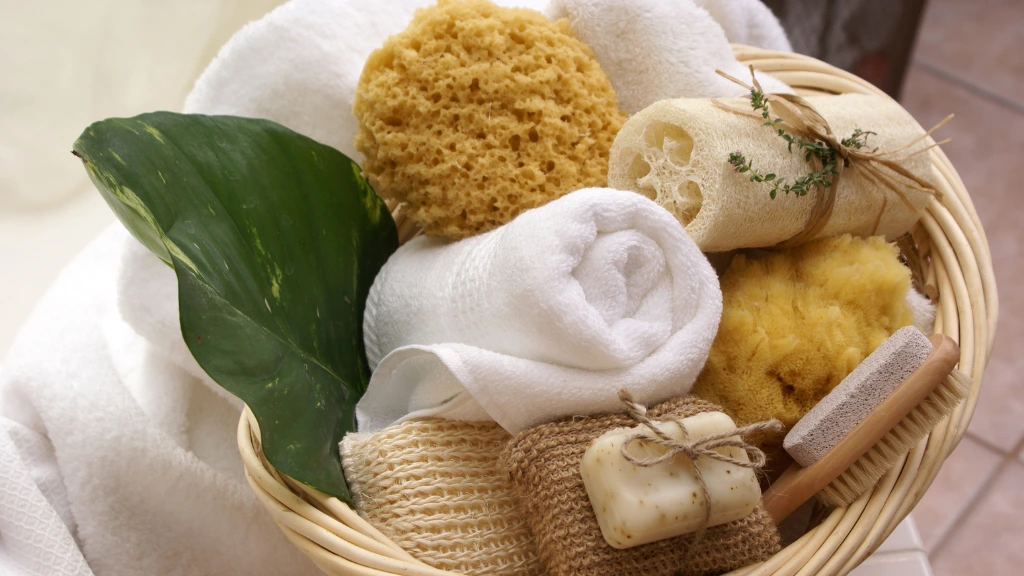Exfoliation is one of the most crucial steps in a skincare routine, yet it’s often overlooked. It’s not just about removing dead skin cells; it’s about revealing brighter, healthier skin underneath. If you’re not exfoliating regularly, you might be missing out on a vibrant complexion.
In this guide, we’ll explore the importance of exfoliation, the different methods available, and tips for incorporating it into your routine for the ultimate glow.
You May Also Like: The Link Between Vitamins, Minerals, and HairLoss
What Is Exfoliation?
Exfoliation is the process of removing dead skin cells from the surface of your skin. These cells can build up over time, making your skin look dull, rough, and uneven. Regular exfoliation helps:
- Improve skin texture.
- Unclog pores.
- Prevent breakouts.
- Boost the effectiveness of other skincare products.
Why Exfoliation Matters
Your skin naturally sheds dead cells, but as you age, this process slows down. Without exfoliation, these cells accumulate, leading to clogged pores, blackheads, and a lackluster complexion.
Exfoliating regularly can:
- Brighten skin by promoting cell turnover.
- Reduce fine lines and wrinkles over time.
- Even out skin tone by fading dark spots.
- Allow serums and moisturizers to penetrate better.
Types of Exfoliation
There are two main types of exfoliation: physical and chemical. Both are effective but serve different purposes depending on your skin type and concerns.
1. Physical Exfoliation
This involves using a scrub, brush, or sponge to physically remove dead skin cells.
- Best for: Normal to oily skin types.
- Examples: Sugar scrubs, facial brushes, and loofahs.
- Pros: Immediate results with smoother skin.
- Cons: Can be abrasive if overused.
2. Chemical Exfoliation
Uses acids or enzymes to dissolve dead skin cells gently.
- Best for: Sensitive or acne-prone skin.
- Examples: AHAs (glycolic acid, lactic acid), BHAs (salicylic acid), and fruit enzymes.
- Pros: Penetrates deeper layers for long-term benefits.
- Cons: Can cause irritation if over-applied.
How Often Should You Exfoliate?
The frequency of exfoliation depends on your skin type:
- Oily or Combination Skin: 2–3 times a week.
- Dry or Sensitive Skin: Once a week to avoid over-drying.
- Normal Skin: 1–2 times a week.
Over-exfoliating can strip your skin of natural oils, leading to irritation or dryness. Listen to your skin and adjust as needed.
Choosing the Right Exfoliator
With so many options, selecting the right exfoliator can feel overwhelming. Here’s a quick guide based on common skin types:
For Oily Skin
- Look for products with salicylic acid to unclog pores.
- Try gel-based scrubs for a refreshing feel.
For Dry Skin
- Use hydrating exfoliators with lactic acid.
- Avoid gritty scrubs that can worsen dryness.
For Sensitive Skin
- Choose enzyme-based exfoliators for gentle results.
- Avoid fragrances and harsh physical scrubs.
For Mature Skin
- Opt for AHAs like glycolic acid to target fine lines.
- Avoid abrasive tools that can damage delicate skin.
How to Exfoliate Properly
Exfoliating may seem simple, but doing it wrong can harm your skin. Follow these steps for safe and effective exfoliation:
- Cleanse First
Start with a gentle cleanser to remove dirt and makeup. - Apply the Exfoliator
- For scrubs: Massage gently in circular motions for about 30 seconds.
- For chemical exfoliants: Apply evenly and let it sit as directed.
- Rinse Thoroughly
Use lukewarm water to wash away the product. - Follow with Moisturizer
Hydrate your skin to lock in moisture and soothe any irritation.
Exfoliation for Body vs. Face
The skin on your body is tougher than your face, so the approach differs:
For Your Face:
- Use gentle, non-abrasive products.
- Focus on problem areas like the T-zone.
For Your Body:
- Use exfoliating gloves or sugar scrubs.
- Pay attention to rough areas like elbows, knees, and heels.
DIY Exfoliation Options
If you prefer natural remedies, try these DIY exfoliators:
- Sugar Scrub
- Mix sugar with coconut oil for a moisturizing scrub.
- Ideal for body exfoliation.
- Oatmeal Scrub
- Blend oatmeal with honey and yogurt for a gentle face scrub.
- Coffee Scrub
- Combine coffee grounds with olive oil for a firming body scrub.
Signs You’re Over-Exfoliating
Overdoing it can lead to:
- Redness and irritation.
- Increased sensitivity.
- Dry patches or flakiness.
If you notice these signs, reduce the frequency and switch to milder products.
When to Avoid Exfoliating
Certain situations call for a break from exfoliation:
- Sunburned Skin: Can worsen irritation.
- After Chemical Treatments: Allow your skin to heal fully.
- Active Acne Breakouts: Over-exfoliation can spread bacteria.
Benefits of Regular Exfoliation
When done correctly, exfoliation offers long-term benefits:
- Prevents ingrown hairs.
- Promotes an even tan or self-tanner application.
- Enhances your overall skincare routine.
Top Products for Exfoliation
For Face:
- Paula’s Choice Skin Perfecting 2% BHA Liquid.
- Tatcha The Rice Polish.
For Body:
- Frank Body Coffee Scrub.
- First Aid Beauty KP Bump Eraser.
Final Thoughts
Exfoliation is an essential step in achieving healthy, glowing skin. Whether you prefer physical scrubs or chemical treatments, regular exfoliation can dramatically improve your complexion.
Have you exfoliated lately? If not, now is the perfect time to upgrade your skincare routine for smoother, brighter skin.











[…] You May Also Like: Exfoliation is Key to Glowing, Healthy Skin. […]